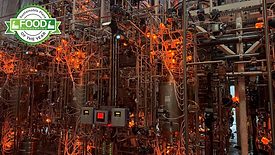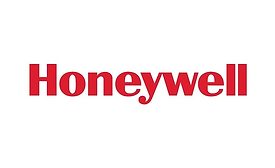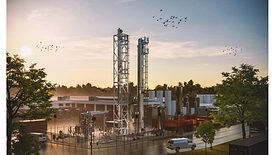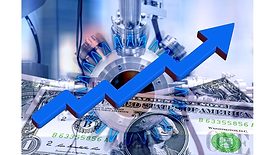Home » Keywords: » energy efficiency
Items Tagged with 'energy efficiency'
ARTICLES
Processing
JD Manufacturing Optimizes Automatic Batch Fryer with Bison High Energy Blower
January 20, 2025
Energy Reduction
General Mills and Brau Union Take Aim at Factory Electricity Bills
Food and beverage manufacturers are focusing on reducing energy and materials by leveraging automation, capturing more data, sourcing modern processing equipment, and concentrating on quick “digital wins.”
August 15, 2024
Sustainable Plant of the Year
FOOD ENGINEERING Magazine Announces Sustainable Plant of the Year Award Winner
February 26, 2024
Lasers Speed Food Preparation While Slashing Energy Consumption
Food processing industries and applications are able to realize quick and precise food preparation while saving energy by using laser ovens.
January 11, 2024
Power Solutions
IDEC Corporation Releases New Line of Flexible Motor Controls
August 16, 2023
Market Research
Research Reveals Energy Concerns Impacting Business Competitiveness, the Workforce and Decarbonization
March 20, 2023
EVENTS
Elevate your expertise in food engineering with unparalleled insights and connections.
Get the latest industry updates tailored your way.
JOIN TODAY!Copyright ©2025. All Rights Reserved BNP Media.
Design, CMS, Hosting & Web Development :: ePublishing








-IDEC-VF1A-VFD-press-release-Gr-VF1A-SET1.jpg?height=168&t=1693332826&width=275)




